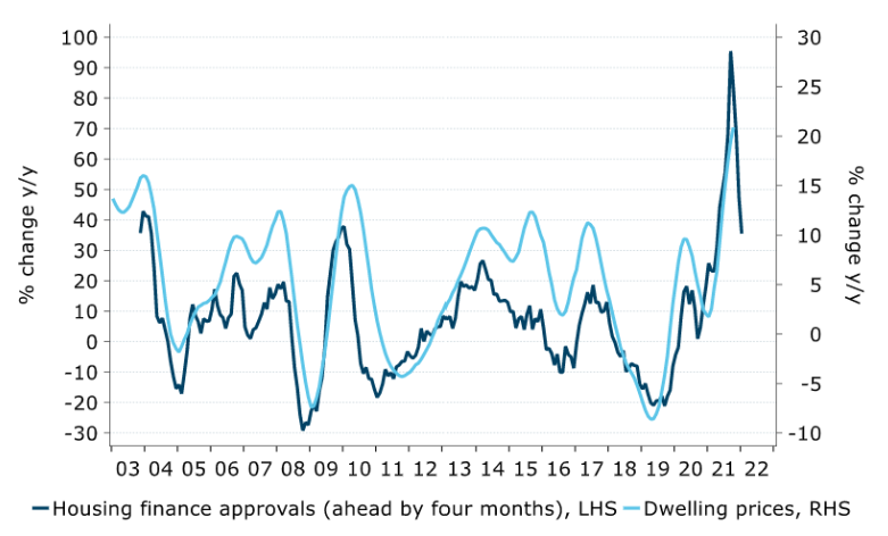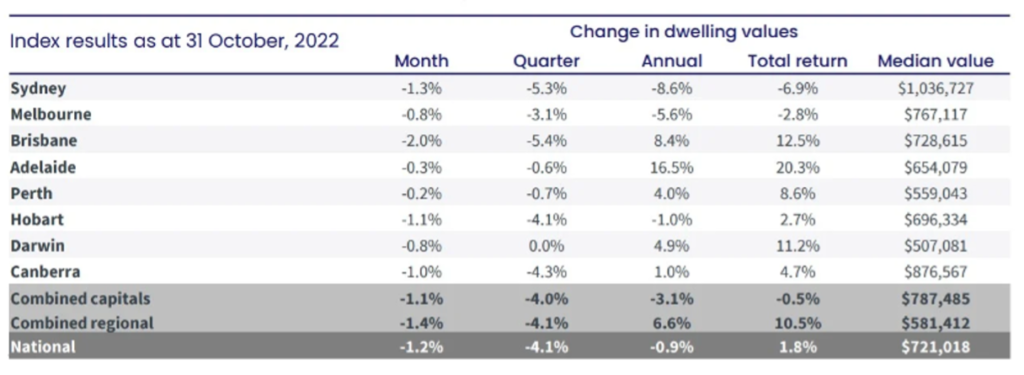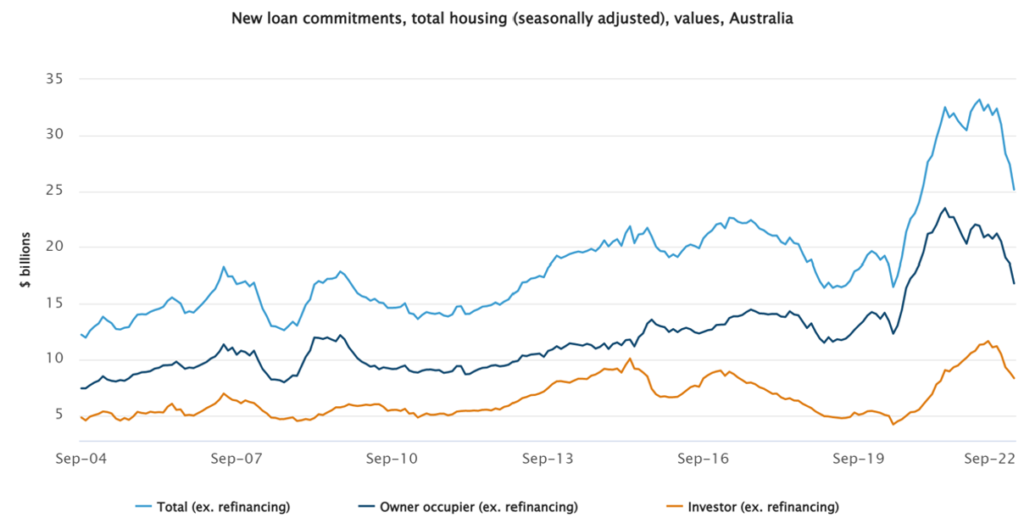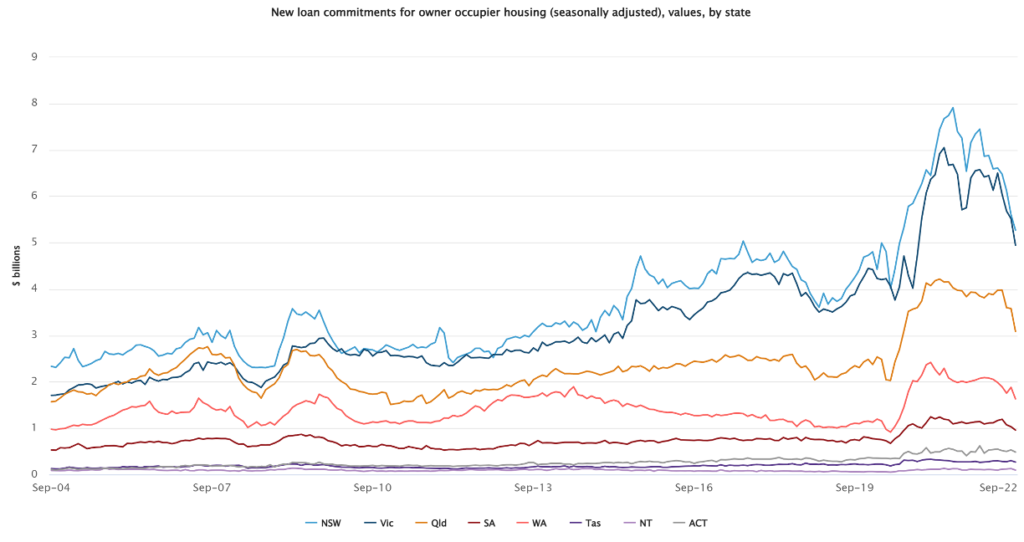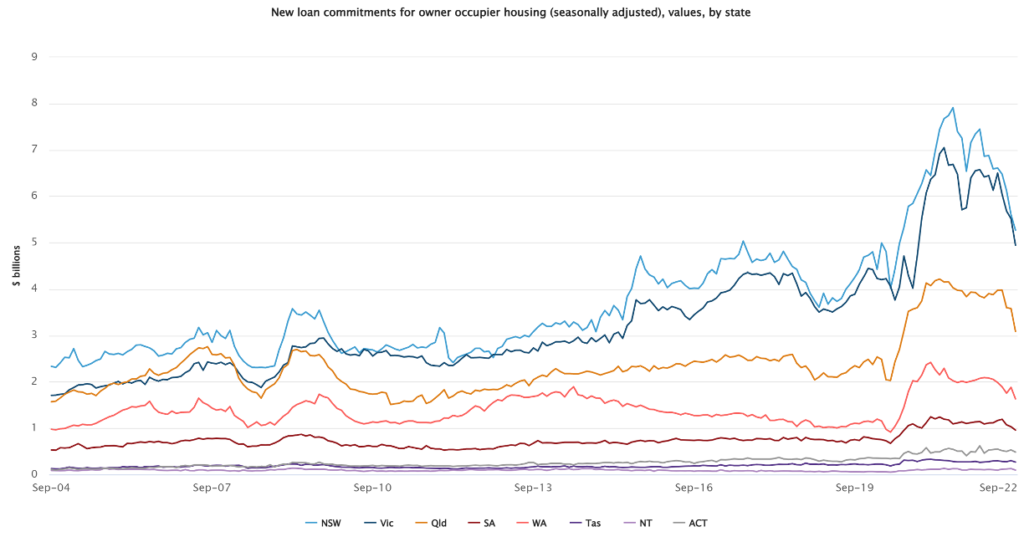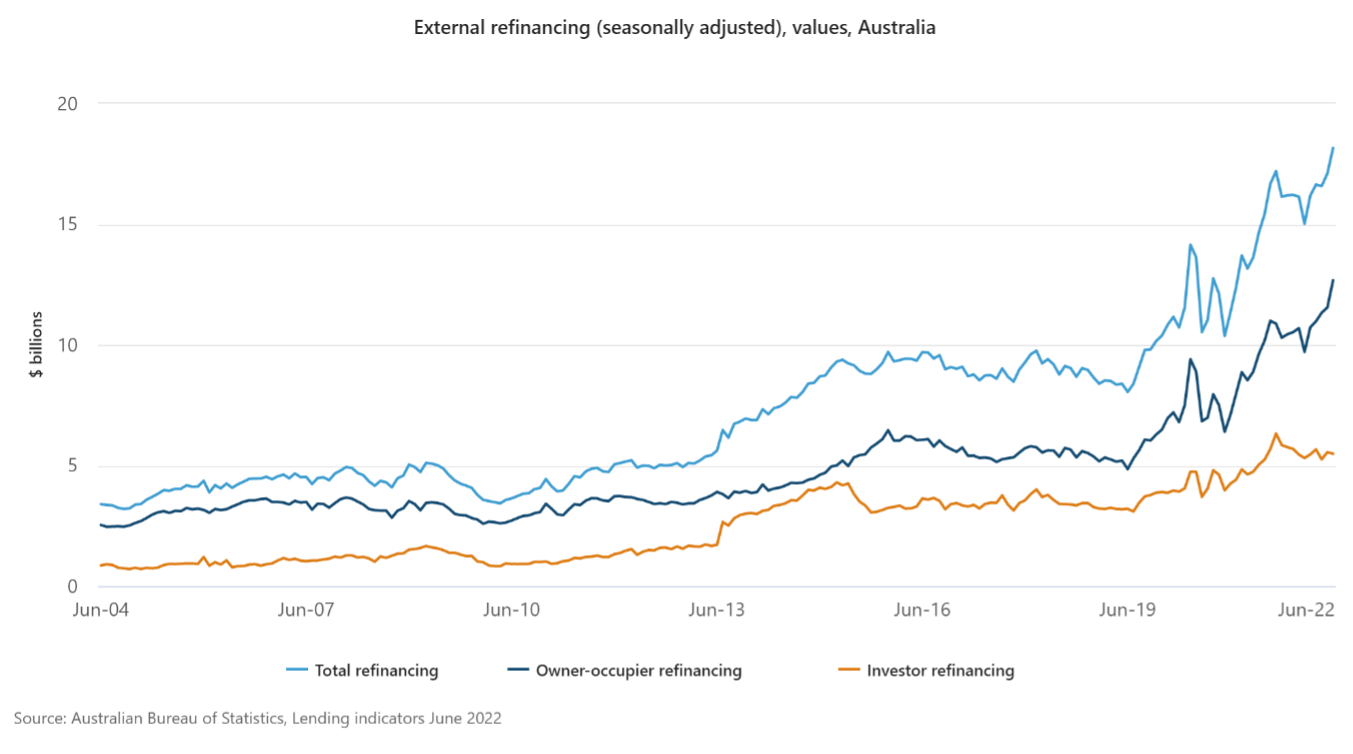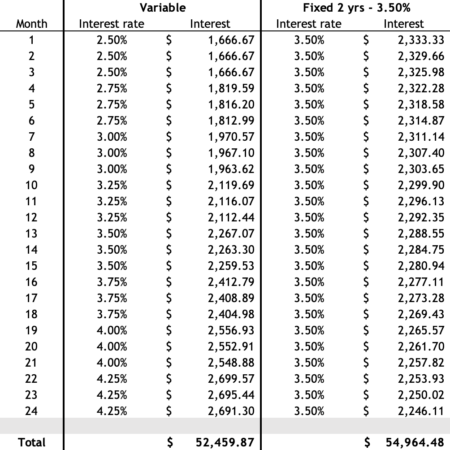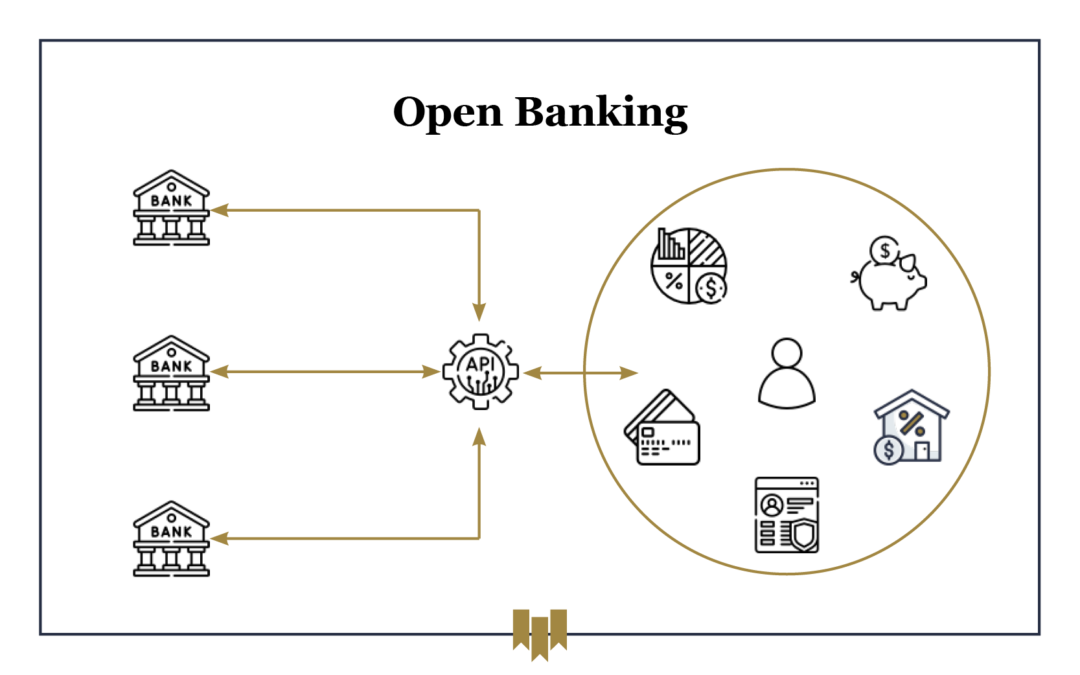
Are Australian banks safe?
Spoiler alert: Australian banks are safe and what’s happened in the US and with Credit Suisse over the past week does not represent a threat to your bank deposits nor to the Australian economy in general.
The US
Silicon Valley Bank (SVB) was the sixteenth largest bank in the US, with $209 billion in assets, and collapsed last week largely due to poor management.
With the explosion in venture capital investing over the pre-COVD period, SVB had experienced incredible growth by banking standards: deposits had quadrupled in five years. However, it had a massive concentration of depositors, 93% were corporate compared to a median of only 34% in the US’s 10 largest banks, and most were venture capital-backed businesses with relatively large deposits. This left the bank vulnerable to an old-fashioned run on its deposits.
In an effort to make a bit of extra money, SVB had invested a lot of those deposits into US government bonds, which are super safe, but some were long dated, out to a few years. If they had have invested in 3-month bonds, there wouldn’t have been a problem, but the bank chased the higher yield of 3 and 5-year bonds. This left the bank vulnerable to a rise in interest rates, which reduces the value of bonds. Given SVB’s CEO sat on the board of the San Francisco Fed, which had been warning of ongoing rate hikes, you can see how poor management was.
With venture capital investors slowing their rate of handing out money since last year, some of those depositors were forced to draw on their deposits to run their companies and fund basic working capital.
SVB was forced to sell some of its government bonds and take a loss on them, which was reported to the market and they unsuccessfully tried to tap shareholders for $2.25 billion in new equity. This caused some of the venture capitalists to worry that if more and more depositors started wanting their money back, SVB wouldn’t be able to meet the demand, so they jumped on Twitter or sent text messages telling their investee companies (the depositors) to get their money out ASAP. This caused that old fashioned bank run to snowball, and at one point SVB had copped $42 billion worth of withdrawals in six hours.
By Thursday of last week, it was lights out for SVB. The Federal Deposit Insurance Corporate (FDIC) moved in that day, stayed all night assessing the state of withdrawal requests, and announced it had taken control of the bank by Friday. That’s the day all hell broke loose for US banking shares, with the regional bank index falling some 16%. By Sunday night the Federal Reserve announced all depositors would be made good, but equity investors will lose their money, which is exactly the way it’s supposed to work: depositors have faith a bank will look after their money, while investors take on the risk of a company screwing up.
In summary, the SVB situation was idiosyncratic, i.e. a situation peculiar to that bank. There have since been two other smaller US banks closed down by the FDIC, mainly because they had excessive amounts of deposits tied up in crypto assets. Certainly, it wouldn’t have happened if the Fed had not been raising rates, but there’s a popular expression on Wall Street that the Fed keeps raising until something breaks.
It’s worth bearing in mind, the US banking industry is structured very differently to ours. There are literally hundreds of small banks, a legacy of the Great Depression era. Since 2001, there have been 563 banks go belly up in the US, with about 500 of those as a result of the GFC. If Australia’s banking system was able to withstand that, it will be fine with what’s happening now.
Credit Suisse
Credit Suisse has been a mess for years, with a string of scandals and poor investments going back over decades, which culminated in a growing number of clients taking their money and business elsewhere by the end of last year. The bank’s CEO tried to woo back customers, but last week the Securities and Exchange Commission (SEC) in the US (equivalent to ASIC here), queried the bank’s annual report. Combined with the SVB situation, panic started to set in.
Then on Wednesday, CS’s biggest shareholder, the Saudi National Bank, said it wasn’t going to be able to invest any more into the bank because it was hitting regulatory limits. That caused CS’s share price to plunge, and they asked the Swiss central bank to issue a statement of support, which it did.
However, other banks around the world started worrying about counterparty risk, in other words, looking at contracts where CS was on the other side, and trying to buy protection. Pretty soon, the cost of that protection skyrocketed, implying a high likelihood of default.
A you can imagine, a lot of investors started having flashbacks to the death of Lehman Brothers in 2009, and worrying what threats CS poses to the global banking system. However, CS has substantial liquid assets it can call on as well as access to central bank lending facilities. The CEO has said it has sufficient cash-like liquid assets to pay back half its deposit liabilities and loans from other banks.
Subsequently, the Swiss National Bank has said CS “meets the higher capital and liquidity requirements applicable to systemically important banks” and it stands ready to provide CS with liquidity. CS has announced it will borrow SFR50 billion to meet any liquidity demands from depositors and buy back a bunch of debt that was trading way below its issue price.
Is this the start of another GFC?
No, it’s a very different situation. However, stress levels in financial markets have certainly risen which is being reflected in bond market dislocation, which will result in higher funding costs for banks. It depends on how markets and central banks respond to a crisis, and so far, the US Fed and the Swiss National Bank have done very well.
How will it affect Australian banks?
In 2016, the Australian bank regulator, APRA, announced it wanted Australian banks to have “the strongest balance sheets in the world”. At the time the banks pushed back, but lost, and now their balance sheets are indeed very strong.
Their funding costs may rise a bit, and access to capital markets may be restricted while markets are unsettled, but there is no risk of any bank failures in this country.
As for depositors, the federal government already guarantees deposits up to $250,000 and we’ve seen the US regulator increase that to pretty much no limit for the SVB depositors.
A silver lining?
It is entirely possible this will cause central banks around the world to pause their interest rate rises while markets are in turmoil.


